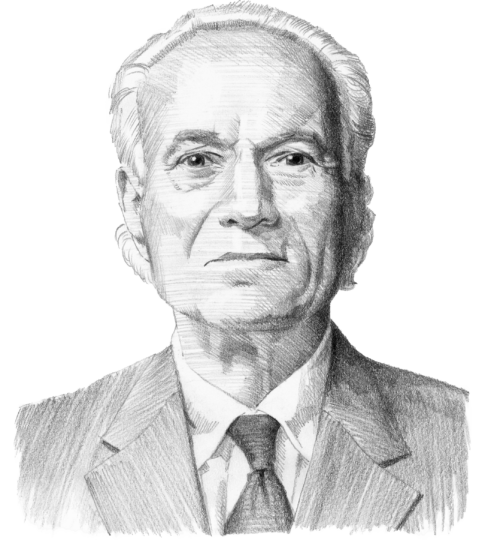Ecuador faces dual crisis
Ecuador is facing a potential catastrophe: Covid-19 has hit it harder than any country in the region save Brazil, while its economy tanks as a result of low oil prices. With elections coming next year, the political scene is gridlocked.
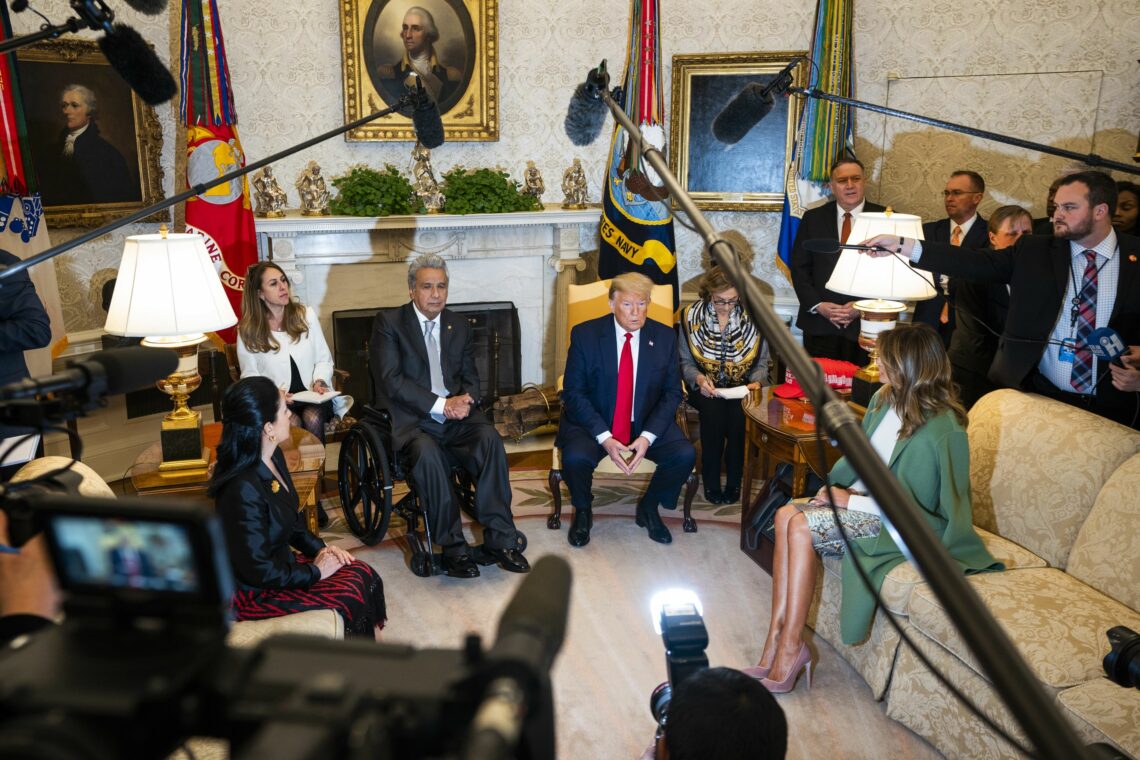
In a nutshell
- Ecuador has been hard-hit by Covid-19
- President Moreno has made significant policy changes
- He must address both health and economic crises
Covid-19 has hit Ecuador harder than any country in Latin America except Brazil. The pandemic has exposed and exacerbated fault lines in the country’s society and governance, making it harder to deal with the health crisis.
The situation was exacerbated by poor political leadership and the long-standing rivalry between the capital, Quito, in the highlands, and the major port city of Guayaquil, where the first outbreak of the virus began. The difficulties were magnified by an underfunded healthcare infrastructure and a growing economic crisis caused by a drastic decline in the price of petroleum, the country’s most important export.
Facts & figures
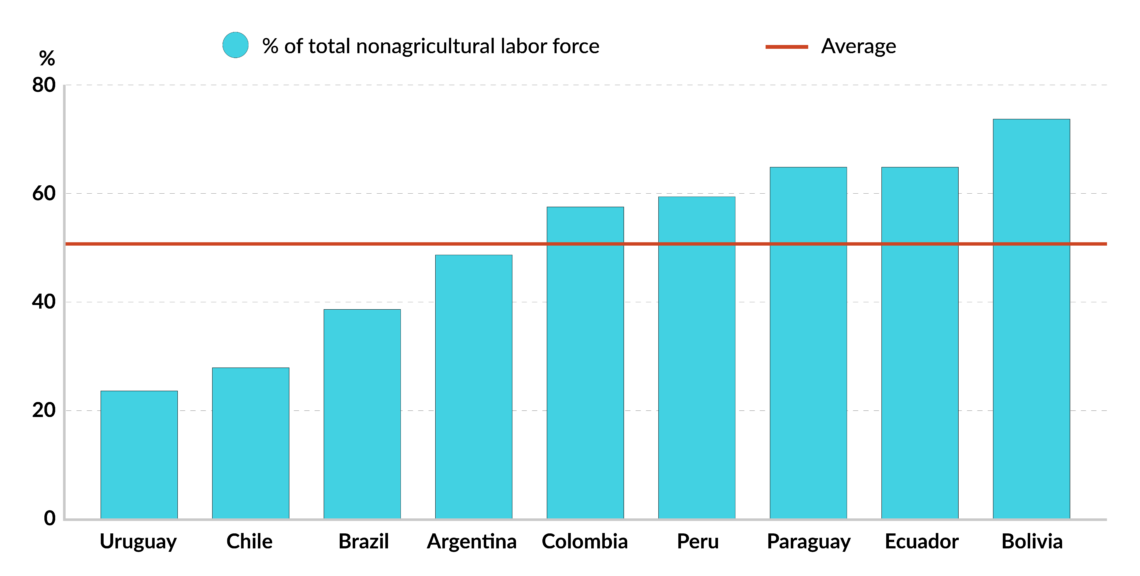
With national elections due early in 2021, politicians are having trouble focusing on the crisis at hand while they jostle for support. President Lenin Moreno has a tricky economic juggling act to maintain: keeping the economy afloat while shutting down at least part of it to stem the advance of the pandemic. The International Monetary Fund anticipates that gross domestic product (GDP) could shrink by as much as 10 percent in 2020. The coming months will be critical for Ecuador to avoid a catastrophe.
Political transition
Ecuador’s current political fragility comes after a decade of relative stability. From 2007 to 2017, the country was led by Rafael Correa, who swept into power with his new party, PAIS. Riding the wave of high prices for primary products, he began a series of ambitious social programs known as the Citizens’ Revolution. These consisted of subsidies for the poor and an ambitious infrastructure program funded by Chinese capital. When President Correa left office after two terms, he tapped Vice President Lenin Moreno to succeed him.
The new president quickly showed that he was more conservative than his predecessor.
The prices of commodities had come crashing down even before President Correa left office, creating a fiscal dilemma that required immediate action. PAIS broke up into several blocs, none of which seemed to welcome control by the new president.
To almost everyone’s surprise, Mr. Moreno quickly demonstrated that he was more conservative than his predecessor. Within a few months of taking office, the president began an austerity program that led to violent social protests by the second half of 2019. The strategy required outside financial help from international financial institutions. He was successful in the short run, but the plan inevitably brought a dramatic increase in the country’s external debt – to $41 billion, or 53 percent of GDP, even before the pandemic hit.
President Moreno’s government also turned his predecessor’s foreign policy on its head. Ecuador now is one of the hemisphere’s strongest supporters of the administration of United States President Donald Trump. It even went so far as to support Washington’s effort to name a U.S. citizen as the new chief of the Inter-American Development Bank. For more than 50 years, the bank has been headed by someone from the Latin America and Caribbean region.
Facts & figures
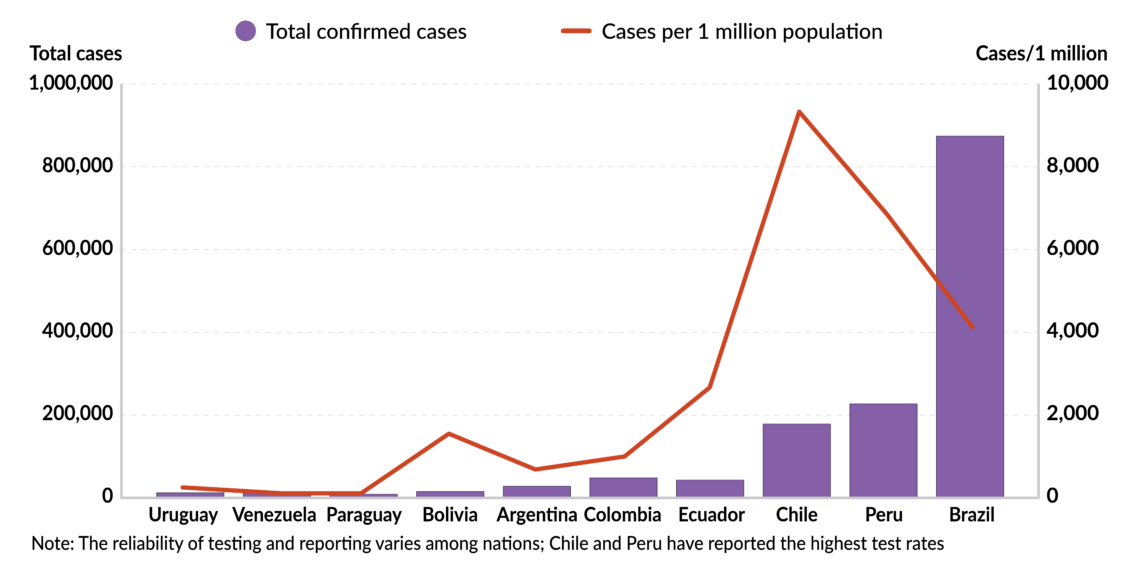
President Moreno took Ecuador out of the Union of South American Nations (UNASUR), which Mr. Correa had helped create with the former Venezuelan President Hugo Chavez. Ecuador’s new policy includes significant cooperation with the U.S. on regional security issues, including opening Ecuadoran airspace to U.S. surveillance aircraft monitoring drug traffic along the Pacific coast.
At the same time, the Moreno administration is very close to signing free trade agreements with the European Union and with the U.S. as part of a larger plan to diversify the country’s exports. When he first took office, President Moreno decided that Mr. Correa had given too much away to the Chinese, especially in the enormous infrastructure projects that were over budget and behind schedule. He immediately entered negotiations with the Chinese firms and managed to improve the terms under which the collaboration would continue.
Today, China has become the second-most important buyer of Ecuador’s nonpetroleum exports, pushing the U.S. to third and falling. The EU remains Ecuador’s number one nonpetroleum trading partner. For that reason, President Moreno is anxious to solidify his new relationships with trade agreements, which he may well achieve by the end of the year. Meanwhile, the economy is slowing down.
Covid crisis
And so it was in the middle of an economic crisis that had already cut his approval ratings to single digits that Mr. Moreno came to deal with Covid-19 spreading in Ecuador. The first hot spot was the port of Guayaquil, which has the weakest health system in the country. Worse, the city’s mayor, Cynthia Viteri, mismanaged the crisis there.
The outbreak caught the attention of the international media and for weeks photos of dead bodies in the streets of Guayaquil were on the front pages of newspapers in the U.S. and Europe. Ms. Viteri’s failure and the international media attention it attracted actually helped President Moreno, who looked competent by contrast. The pandemic slowed as it moved from the coastal areas to the mountains, increasing the efficacy of the lockdown measures imposed by the government.
Facts & figures
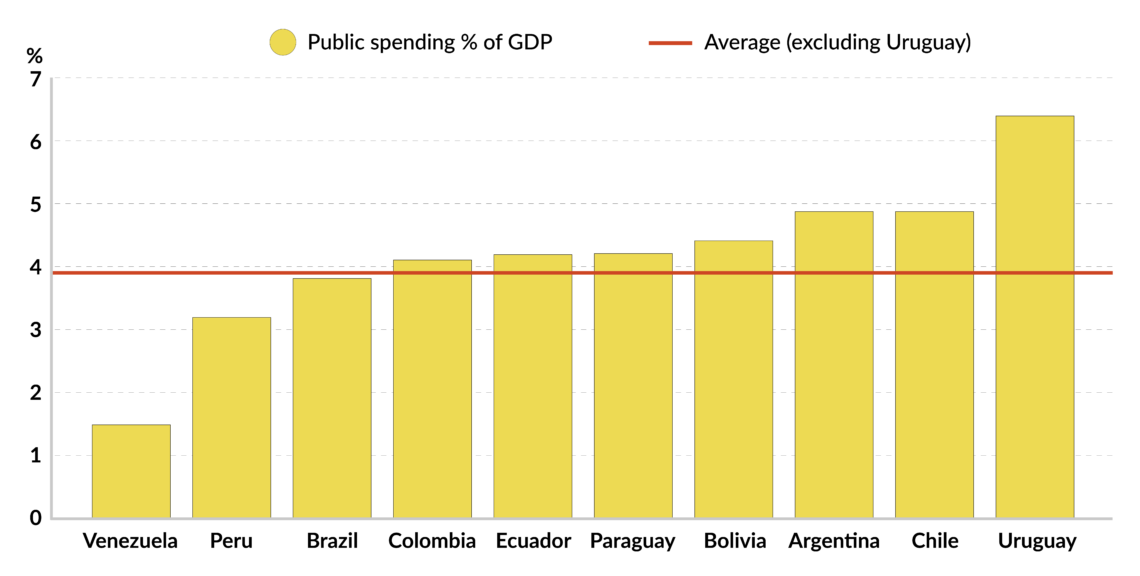
Through it all, Ecuador has suffered one of the highest mortality rates to the disease in the entire region. It is difficult to know the exact figures since the government, both national and regional, have turned to a campaign of deliberate misinformation in an attempt to tamp down public outrage over the mishandling of the crisis. The national government is beginning the process of reopening the economy even though the infection rate shows no sign of plateauing.
In one sense, President Moreno has little choice but to open the economy. Ecuador’s rate of economic informality (economic activity not regulated or protected by the state) is one of the highest in the region, at nearly 20 percent. Official data indicate that nearly 200,000 formal workers have lost their jobs during the health emergency. As if that were not enough, there are approximately 400,000 Venezuelan refugees in the country, the vast majority of whom require support from the state. Mr. Moreno will have to go back to the international financial institutions to avoid a financial crash and social disaster. Meanwhile, the election campaign has begun in earnest.
President Moreno, while not wildly popular, will have enough legitimacy and authority to carry out his policies
Scenarios
The next six months will be marked by the effort to control the pandemic and to reopen the economy in a way that will not cause another surge in cases. President Moreno, while not wildly popular, will have enough legitimacy and authority to carry out his policies. In this regard, he is helped by the fact that the pandemic has put a lid on social protest. It is unlikely that his authority will be challenged over the next few months.
At the same time, he will be faced with economic circumstances that will make governing difficult. His ability to raise revenue is severely limited by the economic contraction. In his favor, he will have the support of the new free trade agreement with the U.S. and the willing cooperation of the multilateral lending agencies. He should make it through to the elections of February 2021 without too much difficulty.
This most likely scenario also anticipates that there will be only modest political maneuvering in the coming months. Disruptive political struggles for power may take place closer to the February 2021 elections.
A less likely scenario would see the reopening of the economy proceed slower than planned. Unemployment would remain extremely high, putting strain on the government’s ability to enact its policies. That slower economic recovery would also reduce the government’s tax revenue. At the same time, the precarious employment situation would create conditions for greater citizen insecurity and more social disturbances.
If such a scenario were to occur, it would provoke a response from the already fragmented political forces in the country. That would complicate President Moreno’s predicament even further.
